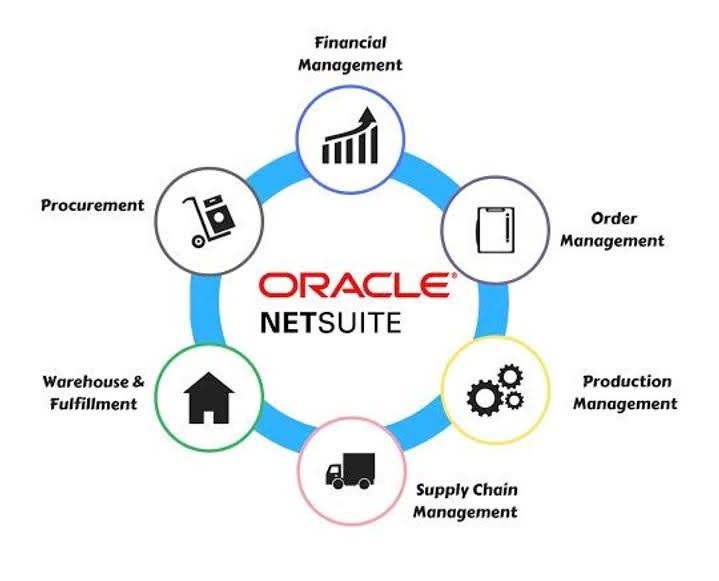First, determine an asset’s useful life, salvage value, and original cost. Then select a depreciation method that aligns best with how you use that asset for the business. By definition, depreciation is only applicable to physical, tangible assets subject to having their costs allocated over their useful lives. Depreciation of some fixed https://accountingcoaching.online/ assets can be done on an accelerated basis, meaning that a larger portion of the asset’s value is expensed in the early years of the asset’s life. Amortization and depreciation are the two main methods of calculating the value of these assets, with the key difference between the two methods involving the type of asset being expensed.
- But the Internal Revenue Servicc (IRS) states that when depreciating assets, companies must generally spread the cost out over time.
- A work computer, for example, gradually depreciates from its original purchase price down to £0 as it moves through its productive life.
- Accumulated depreciation is dependent on salvage value; salvage value is determined as the amount a company may expect to receive in exchange for selling an asset at the end of its useful life.
- Units of production depreciation is based on how many items a piece of equipment can produce.
10 × actual production will give the depreciation cost of the current year. Suppose an asset has original cost $70,000, salvage value $10,000, and is expected to produce 6,000 units. Without Section 1250, strategic house-flippers could buy property, quickly write off a portion of it, and then sell it for a profit without giving the IRS their fair share. On the other hand, expenses https://quickbooks-payroll.org/ to maintain the property are only deductible while the property is being rented out – or actively being advertised for rent. This includes things like routine cleaning and maintenance expenses and repairs that keep the property in usable condition. In between the time you take ownership of a rental property and the time you start renting it out, you may make upgrades.
Examples of depreciation
However, its simplicity can also be a drawback, because the useful life calculation is largely based on guesswork or estimation. It also does not factor in the accelerated loss of an asset’s value in the short term or the likelihood that maintenance costs will go up as the asset gets older. Depreciation is a fixed cost using most of the depreciation methods, since the amount is set each year, regardless of whether the business’ activity levels change. Let’s say that, according to the manufacturer, the bouncy castle can be used a total of 100,000 hours before its useful life is over. To get the depreciation cost of each hour, we divide the book value over the units of production expected from the asset.
- The van’s book value at the beginning of the third year is £9,000, or the van’s cost minus its accumulated depreciation.
- As we have already mentioned in this article, depreciation can either be planned or unplanned.
- On a balance sheet, depreciation is recorded as a decline in the value of the item, again without any actual cash changing hands.
- Its salvage value is $500, and the asset has a useful life of 10 years.
Annual depreciation values therefore start at a higher level and then gradually decrease. This method, primarily aiming to promote investment, was temporarily approved for this very purpose during the global financial crisis of 2008. It is not only this scheduled depreciation calculation method, but also various unplanned depreciation types which pertain to current assets. Whilst asset accounts increase with a debit entry, accumulated depreciation is a contra asset account that increases with a credit entry. This format is useful because the balance sheet will subtract each asset’s accumulated depreciation balance from its original cost.
Cash Flow
Since the asset has a useful life of 5 years, the sum of year digits is 15 (5+4+3+2+1). The lifespan of some assets is better measured by the work they do than by the time they serve. For example, a vehicle might travel a certain number of miles, or a packaging machine might box a certain number of products. For example, a vehicle might travel a certain number of kilometres, or a packaging machine might box a certain number of products. Under diminishing value depreciation, an asset loses a higher percentage of its value in the first few years. Intangible assets, which are non-physical things like patents and copyrights, can also be depreciated (or amortised).
Depreciation Calculation Methods
Neither journal entry affects the income statement, where revenues and expenses are reported. Depreciation is a concept and a method that recognizes that some business assets become less valuable over time and provides a way to calculate and record the effects of this. Depreciation impacts a business’s income statements and balance https://accounting-services.net/ sheets, smoothing the short-term impact large investments in capital assets on the business’s books. Businesses large and small employ depreciation, as do individual investors in assets such as rental real estate. A financial advisor is a good source for help understanding how depreciation affects your financial situation.
Double declining balance depreciation
One fixed asset that is exempt from depreciation is the value of land, which appreciates (increases) over time. The journal entry increases the depreciation expense and accumulated depreciation, also known as an asset account. Each asset account should have an accumulated depreciation account, so you can compare its cost and accumulated depreciation to calculate its book value. Depreciation refers to the decrease in the monetary value of physical assets over a period due to wear and tear, regular use, and obsolescence.
What is depreciation?
Depreciation is a non-cash expense that reduces net income on an income statement and, on a balance sheet, reduces the value of assets. Depreciation is an important concept for managing businesses and also for calculating tax obligation. Some systems specify lives based on classes of property defined by the tax authority. Canada Revenue Agency specifies numerous classes based on the type of property and how it is used. Under the United States depreciation system, the Internal Revenue Service publishes a detailed guide which includes a table of asset lives and the applicable conventions.
Double-Declining Balance (DDB)
They’re incredibly valuable to your business and that value gradually shrinks as they near their expiry. It’s estimated to produce 50,000 units over its life; it produced 5,000 units this year. You’ll need to understand how depreciation impacts your financial statements.



